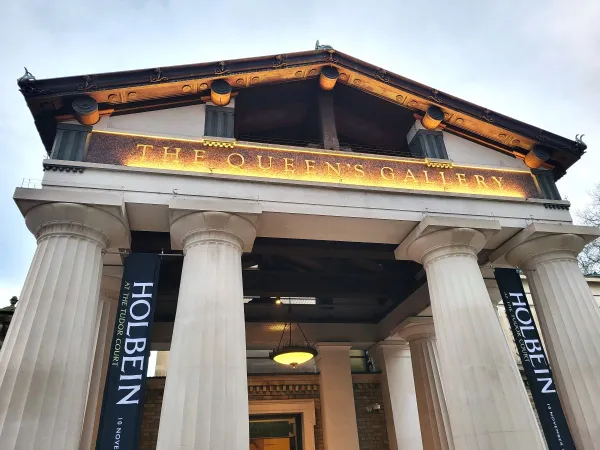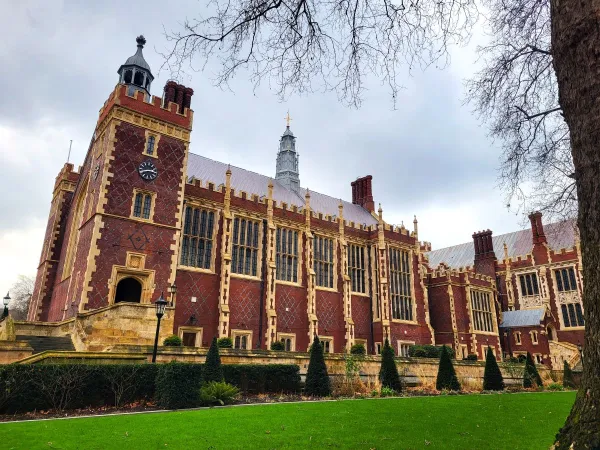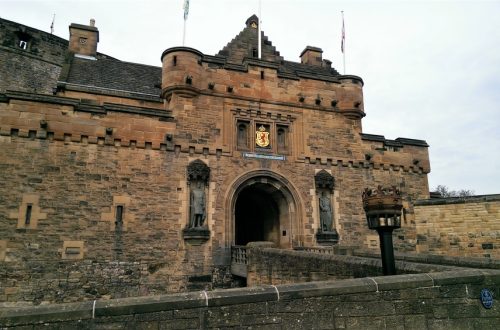Five hundred years since they ruled over England and Wales, the Tudors still captivate audiences in a way few other royal dynasties can.
Aside from the crazy drama that wouldn’t be out of place in the most far-fetched soap opera (six wives, multiple beheadings, religious schisms, to name a few), much of the family’s enduring appeal is down to its clearly defined image.
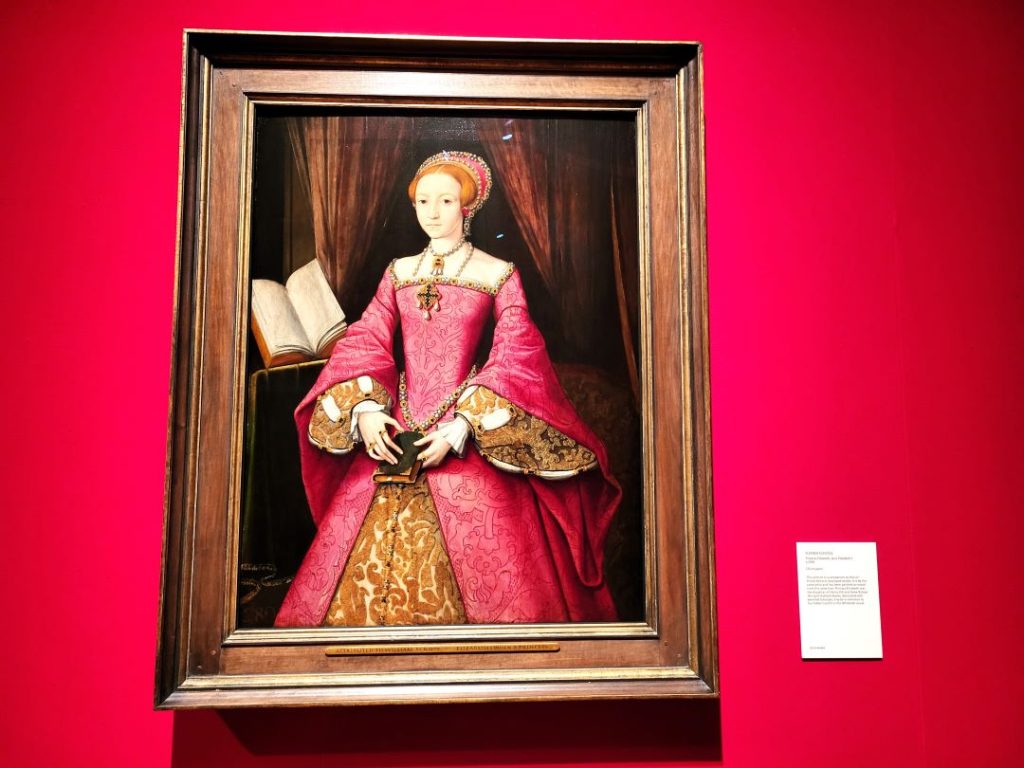
Very few English monarchs are as instantly recognisable to the masses as Henry VIII or Elizabeth I (above).
With his wide-legged stance, square bearded face and red hair, Henry VIII (below) still cuts an imposing, majestic figure to this day.
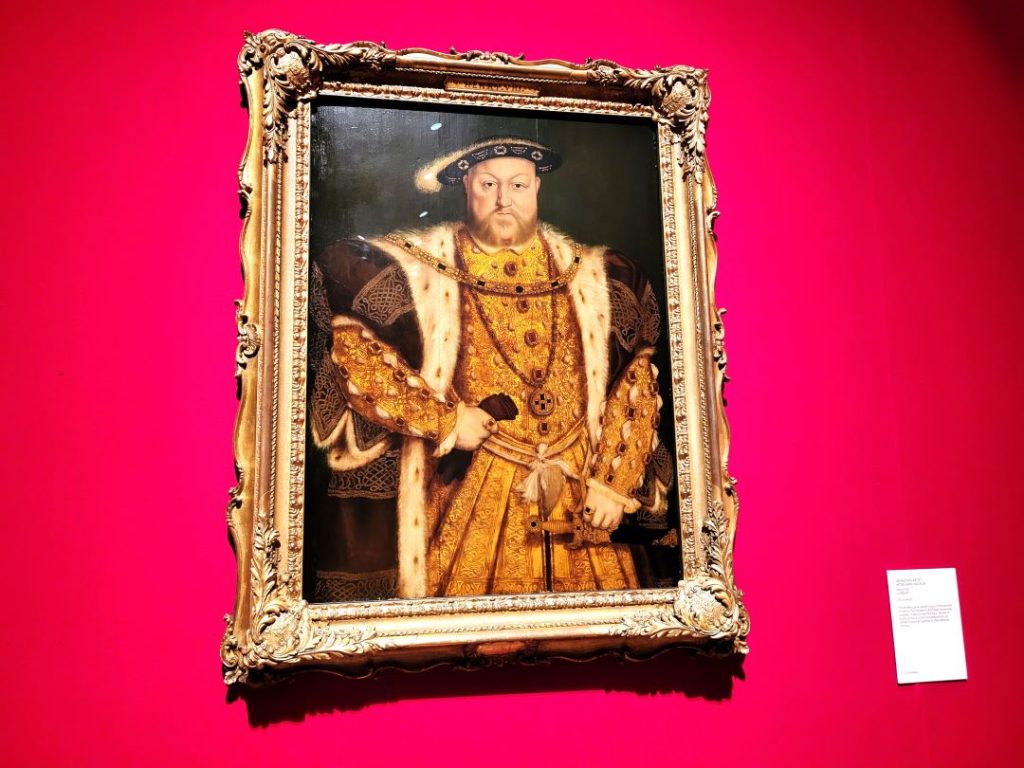
And one man, more than any other, helped shaped this lasting legacy – step forward Hans Holbein the Younger.
Holbein became the King’s Painter at the height of Henry VIII’s power in September 1536, capturing the king and as many as four of his six wives on canvas from 1536 to 1543.

Now the German artist’s work is the subject of a major exhibition, ‘Holbein at the Tudor Court’, at The Queen’s Gallery in London.
The fascinating and comprehensive exhibition boasts some 100 works, including sketches, paintings, illustrations and miniatures, by Holbein and his contemporaries.
The exhibition, which features portraits of many of the period’s most famous characters from England and abroad, charts Holbein’s journey from Switzerland to his plum position at the English court and his lasting influence on royal portrait painters.
Hans Holbein the Younger was born in Augsburg, Germany and began his career in Basel, Switzerland.
Armed with an introduction from the humanist Erasmus (above), Holbein found himself in England in 1526, where he was commissioned by Henry VIII’s then-right hand man Sir Thomas More (below).
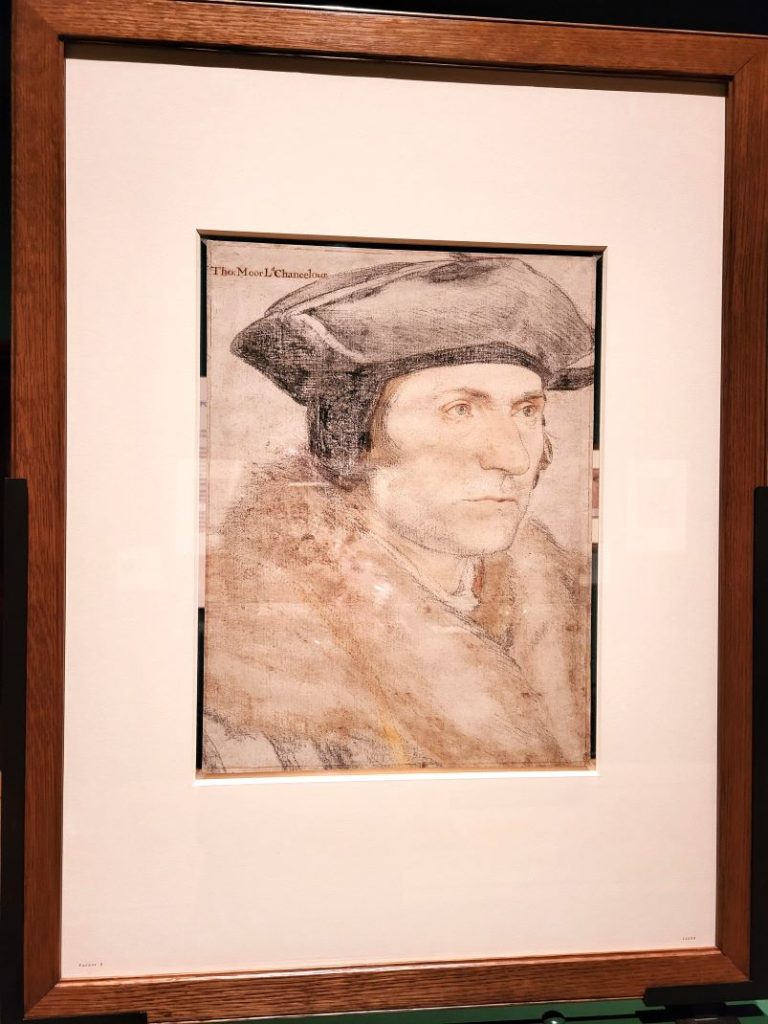
Two years later, Holbein returned to Basel, but made his way back to England in 1532, where he was patronised by a host of England’s most influential players, including Henry VIII’s future queen Anne Boleyn and his new Lord Chancellor Thomas Cromwell.
And it wasn’t long before Holbein caught the king’s eye and was appointed one of the court’s official artists.
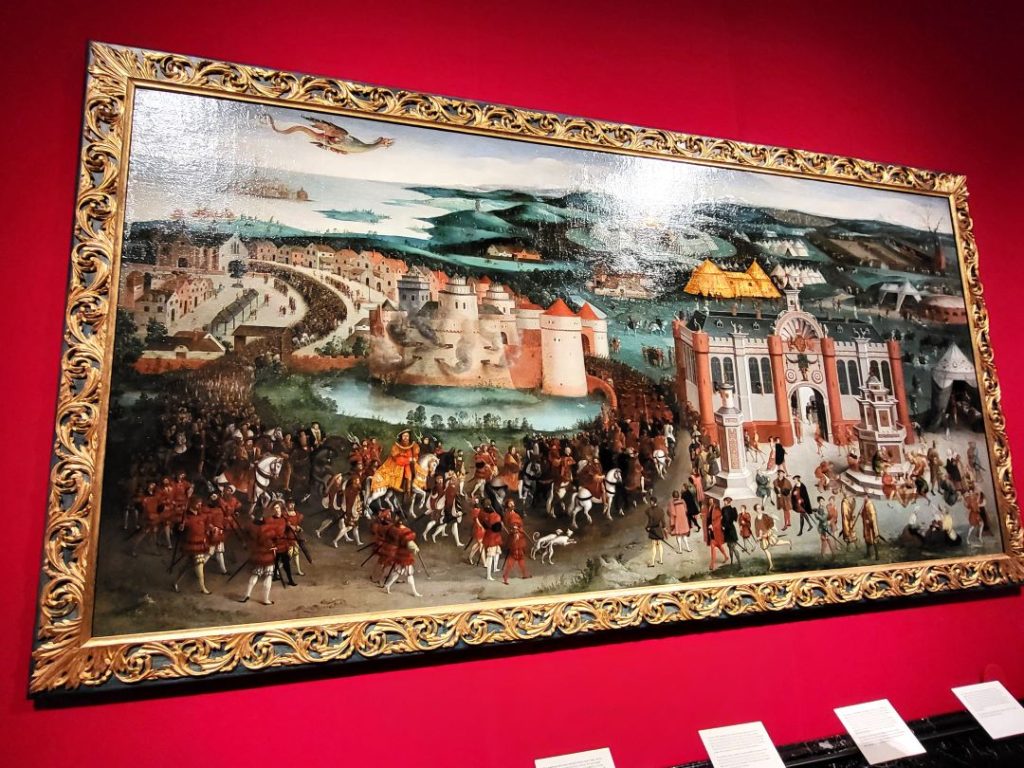
Holbein’s most famous contemporary work was a huge mural of Henry VIII, his third wife Jane Seymour and his parents Henry VII and Elizabeth of York that adorned Whitehall Palace (the mural was lost when the palace burned down at the end of the 17th century).
Holbein’s portrait of the king was said to be so realistic that it left onlookers stunned and it was this realism that marked Holbein out from his peers and influenced subsequent generations of portrait painters.
One of my favourite aspects of the exhibition was the two displays that looked at the materials and techniques Holbein employed.
I’m always amazed by how intricate so many great artists’ drawings and paintings are, and how they cleverly replicate small details, such as golden threads or hair, on canvas.
‘Holbein at the Tudor Court’ is an excellent and informative exhibition about one of the great royal portrait painters.
I really enjoyed learning about Holbein and his legacy, and it was incredible to see so many recognisable artworks from the Tudor period in one place.
Info
Holbein at the Tudor Court, until 14 April 2024
The Queen’s Gallery, Buckingham Gate, Buckingham Palace Road, London SW1A 1AA
£19 adults, £9.50 children (five to 17 years old) and disabled people, free to children under five

